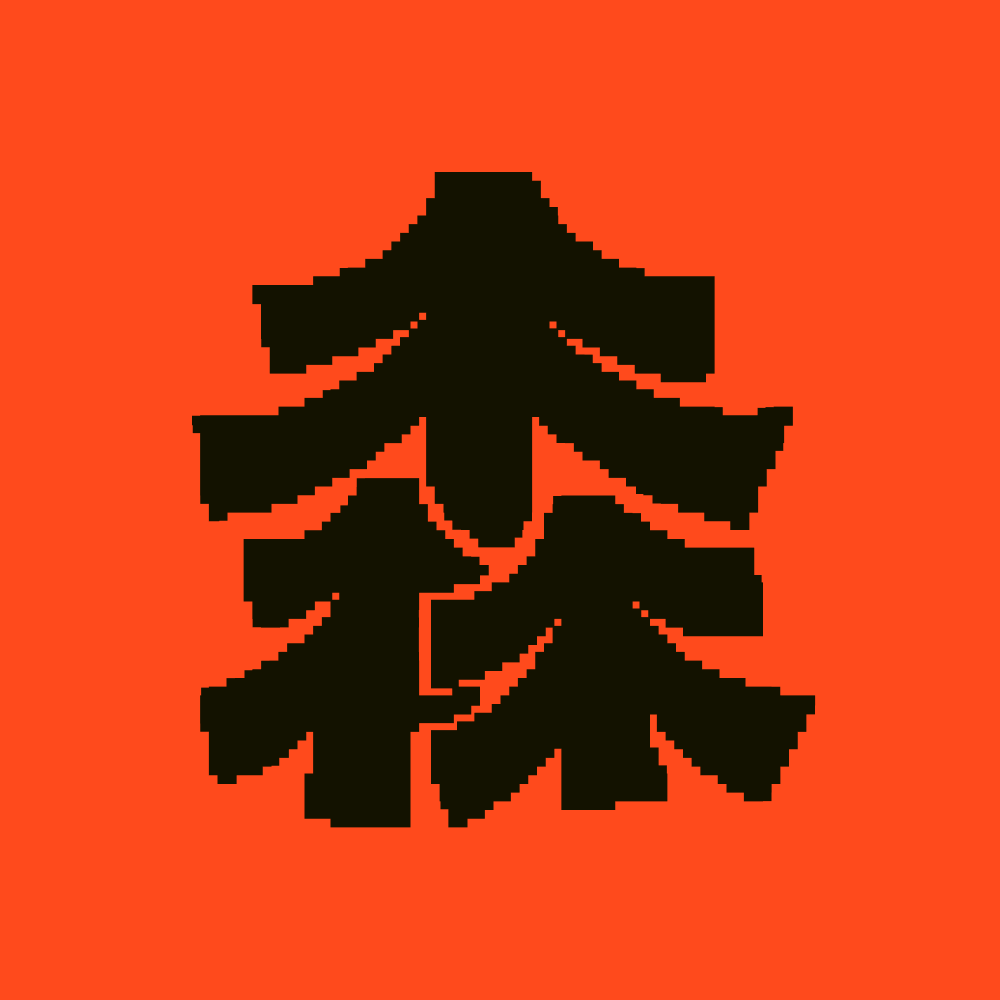What it does
Foremyc’s sensor ecosystem monitors soil and microclimate data, individual tree health, and detects bark beetles in real time. All data powers a forest digital twin to support predictive, resilient, and data-driven ecosystem management.
Your inspiration
It all started after storm Vaia hit our mountains. Seeing entire forests destroyed made us realise how fragile Alpine ecosystems have become. We’ve always been close to nature, and we began talking with forest technicians who are facing huge challenges, from drought to bark beetles, with very limited tools. That’s when we saw the gap: forests are changing fast, but the way we monitor them hasn’t. We wanted to help by creating something simple and useful, something that could bring real data to those who take care of the woods every day.
How it works
Our system brings together different sensors that work as a team. TERRAE, placed at the base of trees, measures soil moisture, temperature, and sunlight. It also connects to ABES, a simple trap that detects bark beetles using an optical sensor. FOMES, wrapped around the trunk, tracks how each tree grows and sways, picking up even the smallest changes. All these sensors send data to GIBBA, a small device that transfers everything to the cloud using LoRaWAN. The data is shown in a straightforward dashboard, built for forest technicians to follow what’s happening in the field, tree by tree. The bigger goal is to build a digital twin of the forest: a live, evolving model that reflects its condition day by day. As we gather more data, this twin becomes more accurate, helping spot risks early and guide smarter, more timely decisions in forest management.
Design process
The idea took shape after spending time in the forest and talking with local technicians. We saw they were facing complex challenges (like drought and invasive insect outbreaks) without proper digital tools. We began sketching early concepts for a system that could survive Alpine conditions without needing constant attention. At first, we used Arduino sensors and 3D-printed shells, just to get something working. Our first field tests gave us some useful data, but also revealed plenty of issues: water getting inside the casings, batteries draining too quickly, poor signal coverage. We ran multiple test sessions to improve the shape of the insect traps, the weatherproofing of the hardware, and LoRaWAN communication between modules. Some tests failed, especially in denser areas, but each attempt taught us something. We didn’t work alone: forest technicians supported us from the beginning, helping us shape the system with real feedback from the field. Their input was essential, and they were the first to confirm the value of what we were building.
How it is different
What makes our system different is how it combines simplicity with depth. Most forestry tools today are either highly scientific and complex or extremely basic and manual. We found a gap: unlike tools used in research, our system doesn’t focus on a single parameter, but connects multiple data points: soil, air, trees, insects; giving a broader view of the forest. At the same time, we’ve made the output easy to read and use, inspired by the clarity of agricultural tech. Existing products for forest monitoring or trapping are often low-tech and require constant manual work. That means no real-time alerts and a weak historical dataset. Our solution automates data collection, centralizes it, and turns it into something practical for technicians in the field, helping them act faster and better understand long-term changes.
Future plans
Next, we’re working on making the hardware more reliable and better suited for long-term use outdoors. One of the main goals ahead is to create a shared dashboard (something simple, clear, and open) where all the data we’re gathering can finally be used by forest technicians, local consortia, companies, and even citizens. It’s a way to give real weight to that data, turning it into something that helps people make decisions and take care of these places over time. We also want to bring more attention to the forests themselves, not just as ecosystems, but as parts of our identity, full of cultural and social meaning that’s worth protecting.



Connect